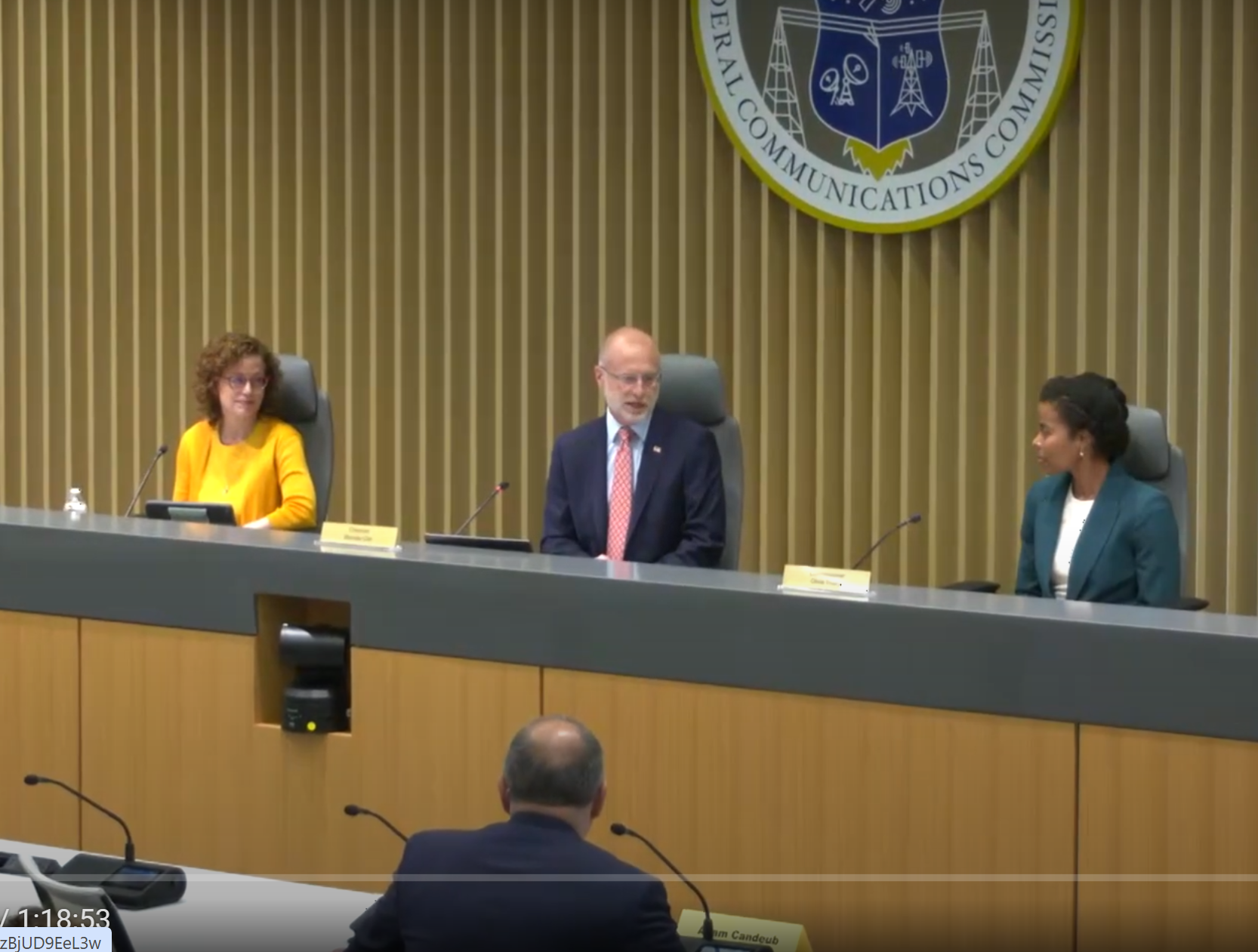Scopus' Intelligent Video Network
Traditional cable infrastructure is changing. Competition among telco, satellite and cable companies is stimulating this process and pushing cable operators to quicken deployment of on-demand services. Infrastructure will need to support multiple services and users, and will have to evolve beyond that employed in existing standard networks.
Challenges
Today, cable networks employ a variety of systems to deliver video, data and voice services. With complex networks leading to higher operations costs, cable operators are facing challenges in several areas:
- Capital expenses – every new service entails increased management and transmission costs.
- Operational expenses – video, voice and data running on different networks or protocols require highly capable manpower with the right skill sets to manage the headend equipment.
- Increased complexity – adding services and users increases the complexity of managing the network and content flow.
- Future technology trends – being prepared for future technologies such as MPEG-4 part 10, Windows Media and other compression formats.
- Future business trends – ensuring future technologies means designing the system with several factors in mind, including Triple Play (video, voice and data), digitization of content, compatibility with customer-premises equipment (CPE) and everything on demand (EOD). To address the above challenges, broadband operators need an architecture that is scaleable, manageable, reliable and future-proof. It should offer the following features:
- Architecture scalability – the ability to extend the network physically and logically while maintaining stable and consistent performance.
- Architecture manageability – the meaningfulness of the operational status information that the system can report, together with the degree to which it can be manipulated to support system objectives.
- Architecture reliability – the effectiveness of network redundancy, monitoring and management to maintain the infrastructure.
- Future-proofing – corporate financial managers must be convinced that the initial investment will not be squandered by future requirements.
Figure 1. The IVN topology employs video routers, loop design, and an interactive video gateway to help cable companies manage on-demand services.
IVN
The Intelligent Video Network (IVN) concept represents the next-generation topology for cable video networking (see Figure 1). The IVN systemwide architecture supports an end-to-end solution from the master headend through the backbone and regional headend and down to the street corner, the node. It brings the strengths of routing capabilities into the video world to support on-demand services to large numbers of subscribers. It also enables processing at the headend alongside “edge” processing capabilities to optimize the access network.
Video routers
The professional video industry's #1 source for news, trends and product and tech information. Sign up below.
In much the same way that telecom and data routers handle voice and data, video routers process, control and route digital-to-digital video signals with a combination of software and hardware. Answering the needs of direct-to-home (DTH) broadcasters as well as video contribution-and-distribution (C&D) service providers, IVN’s comprehensive architecture uses the entire network infrastructure and enables two-dimensional control over bandwidth to support end-to-end solutions.
Multicasting
Accordingly, the architecture features loop system design rather than point-to-point or point-to-multipoint design. Any site can add content and route it within the system. The operator works in a loop circuit so that content distribution to the customer or the various headends comes from video servers around the network or from a central station. While it doesn’t eliminate existing headends, the system acts as an addition and enables faster and more precise answers for on-demand applications.
IVG
A fundamental element of the system is the interactive video gateway (IVG). The IVG provides the ability to route the video across the network. It performs digital-to-digital processing statistical remultiplexing, rate reduction, grooming and conditional access, and supports different types of backbones – asynchronous-transmission mode (ATM) or Internet Protocol (IP) controlled – as well as quadrature amplitude modulation (QAM) outputs for the hybrid fiber/cable (HFC) networks. Embedded in the IVG is a management “entity” that works at the service level to yield additional advantages, especially when the network supports many services along the transmission chain.
A path to the future
IVN represents a natural migration path from the traditional broadcast world to the on-demand world. It enables full digital-to-digital processing in scalable deployments to provide cable operators with a competitive advantage over telco and satellite players to meet future challenges.
Cable operators now have the chance to become the leaders in providing enhanced video, voice and data services. But, to reach this goal, they need a new paradigm for the cable-access infrastructure. Operators will need highly integrated, well-standardized systems with scalability, high performance, and distributed and efficient network management.
Ovadia Cohen is co-founder and vice president of marketing at Scopus Network Technologies.
